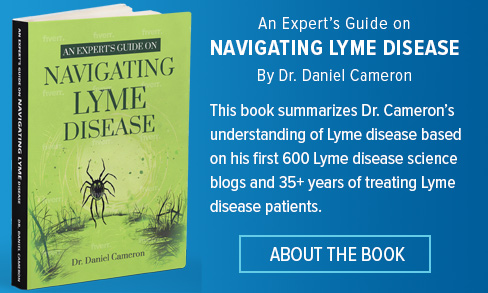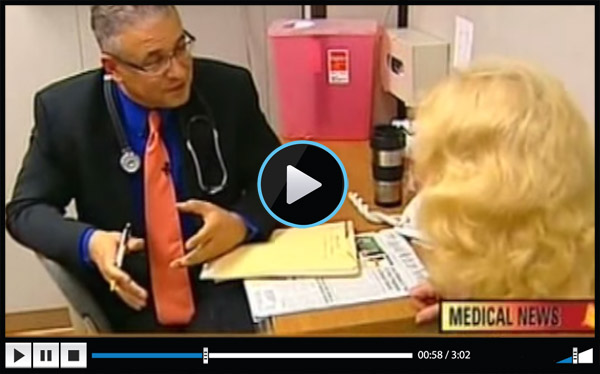Why ILADS 2014 treatment guidelines are important
ILADS evidence base treatment guidelines identified two-failed treatment protocols, a single 200 mg dose of doxycycline and a single 10 to 21 day course of antibiotic using a GRADE assessment. ILADS evidence based treatment guideline published recommendations to improve these two-failed treatment protocols.
Loss of libido and Lyme disease
The list of complication of Lyme disease just got longer in the June 2014 issue of the International Neurologic Journal. [1] A cross-sectional pilot study carried out in the Breakspear neuroscience department in the United Kingdom reported that 50% of 16 serologically positive Lyme disease patients had a loss of libido compared to 0% in 18 controls.
Babesia becomes the Number 2 tick-borne illness behind Lyme disease in the Hudson Valley
Babesia has become the second most common pathogen tick-borne disease in a recent Dutchess County, NY, USA trial. Nearly 14% of questing nymphal ticks were infected with B. microti, the cause of Babesia. Over 29% of the same ticks were infected with B. burgdorferi, the cause of Lyme disease. Only 8.5% of these ticks were infected with HGE, the cause of Anaplasmosis.
A new DNA sequence test for Borrelia burgdorferi and Borrelia miyamotoi Infections
Borrelia miyamotoi (B. miyamotoi) had been described as another tick borne pathogen in the Southern New England US. Krause et al. reported that B. miyamotoi can cause illness and is treatable. Yet, Krause et al also reported that traditional tests for Borrelia burgdorferi (Bb) cannot be used to diagnose B. miyamotoi (B. Miyamotoi).







